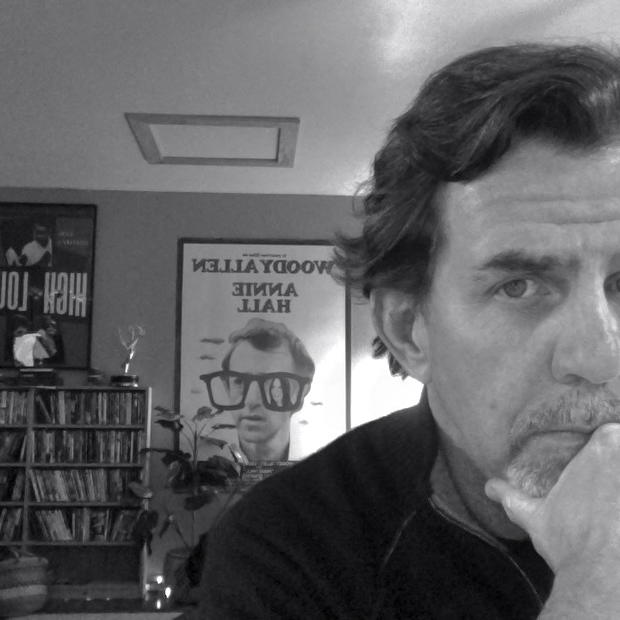Gravity, the starkly beautiful new film from director Alfonso Cuarón, is as much about letting go as it is about hanging on.
The astronaut at the center of the film, caught in a catastrophic chain of events, must find a way to grab onto anything she can. A strip of cable, a dangling shard of metal. If she fails, she will pinwheel into the oblivion of space. At the same time she has to relinquish control over her own limitations, untether herself from memories, grief and hope. In the weightless infinity of her predicament, her only chance of salvation is a terrifying freefall, a submission to Earth’s vital tug. Like the planet’s inexorable pull, the film’s visceral imperative is just as inescapable. Gravity forces you to believe in the impossible.
Cinematically rather than character driven, Cuarón has found a way to wrap us in space, to involve us intimately in a landscape without a horizon. This is the only film since Avatar I found necessary to see in 3D. Free of the gimmicks that characterize this regrettable feature of blockbuster action and animation movies, 3D caresses Gravity with a velvety, supple texture.
In the early part of the film we float in a cosmic bath of deep black, where objects bob gently toward and around us. Soon after, when things begin to go very bad very quickly, Cuarón resists the temptation to throw things at us for shock effect, to lurch and bray in our faces. That patience pays off when an asteroid storm sweeps into the frame and the debris zips past our heads. You duck and blink in astonishment, having forgotten the third dimension was there all along.
There are characters in the film. Two of them. Astronaut Ryan Stone, played by Sandra Bullock with a fierce and jittery determination, is making her first trip into space. She is working outside the space module with her commander, Matt Kowalski, a veteran played by George Clooney, who cruises around the vehicle in a kind of jet pack. The early dialogue in the movie has a jokey locker room feel to it, but the banter rings a bit hollow, with Clooney invoking the annoying flirtiness that characterized his early career. He and Bullock trade barbs with “Houston”, the disembodied voice from NASA, which sounds suspiciously actorish. Surprise! The voice belongs to Ed Harris. The off-key wisecracking does serve a point, however. We are lulled by the normality of the work at hand, yet we are tense, in dread of the daunting nothingness around us. Still, I was relieved when the ensuing calamity arrived, cutting off communications.
I’m using the first-person in this review, because the movie is a relentless, intensely involving viewing experience. Bullock’s untested astronaut is forced to make second-by-second decisions, confronted by an ever-dwindling set of options, with oxygen running out and potential destruction arriving on the next orbital tide. Her battle is both primal and scientific; her weapons involve common sense and technology. At a couple points in the movie she is reduced to reading a manual, a frightening prospect for us humans who panic when our TV remotes stop working.
An act of God may have kicked off the maelstrom she finds herself in, but there is no deus ex machina to save her. Only grit, willpower, good luck and training will get her through. Cuarón’s aim is to catalyze our own instinctual fears of failure and death. We are first becalmed by the inviting grandeur of space, then wrenched by its awful, undisciplined power. We scream for the earthly in the face of the ethereal.
It has been seven years since the director’s last film, the dystopian masterpiece, Children of Men, a plot-driven, emotionally rich story that hinged on the cry of a newborn baby. There was also the memory of a dead child motivating that film’s central character, played by Clive Owen, to pluck hope from the rubble of apocalypse. There is a similar trope in Gravity, and you may chafe at the easy tears Cuarón and his son and screenwriting partner (Jonás Cuarón) hope to wring from this device. But the movie is wired for catharsis, and if the universal horror of losing a child helps get us there, then so be it.
Stanley Kubrick created a fetus out of starlight in 2001: A Space Odyssey, and Cuarón pays unabashed homage to the scene with an arresting shot of Bullock buoyed in a womb of oxygen. The entire arc of Gravity, in fact, inverts the trajectory of Kubrick’s film. What begins in the firmament must end on terra firma, where Bullock’s astronaut can learn to walk all over again.



